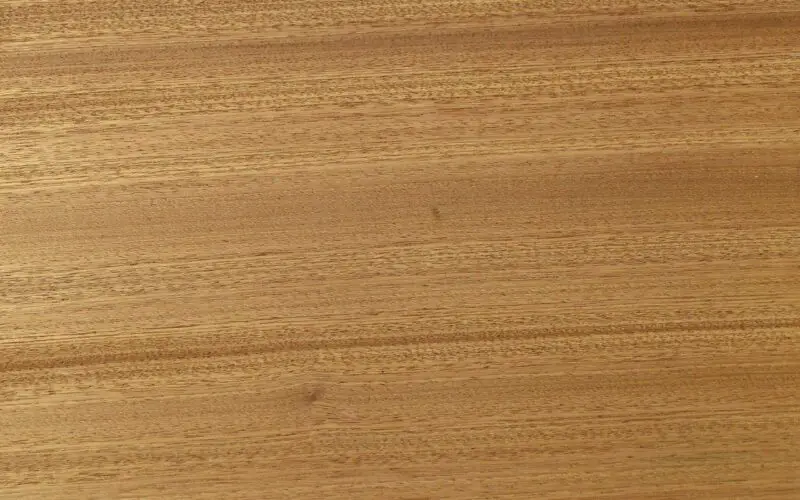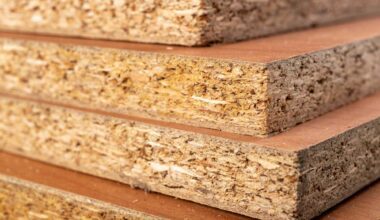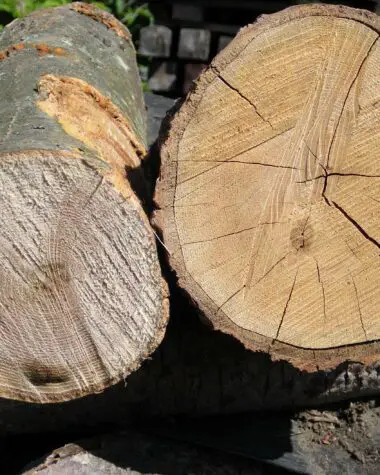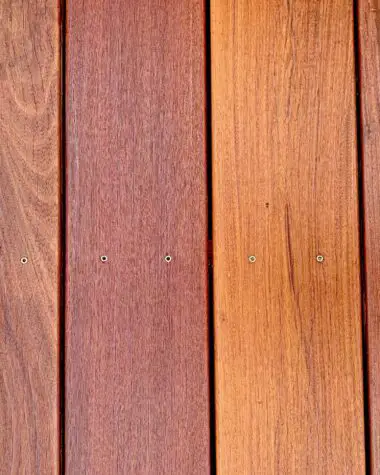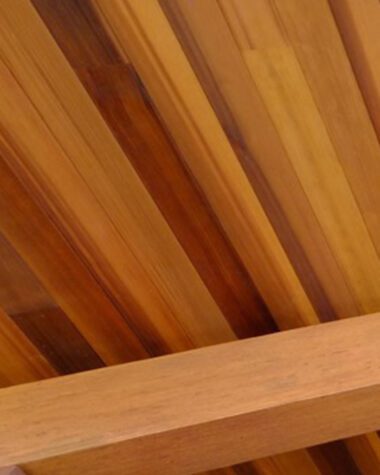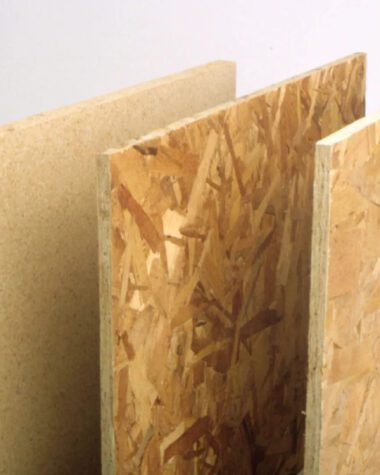One way of distinguishing the type of hardwood is to look for its amazing qualities. Let’s consider Sapele wood and how its wood properties contribute to its usefulness. This wood type is the product of Tropical Africa, known for producing great wood for various purposes.
Meanwhile, the world market only recently concluded that famous Mahogany could not be continuously collected as in the past. As a result, it opens the door for a new competitor to enter popular use after centuries of non-stop exploitation.
Mahogany and numerous other North and South American species, which have all been under government protection and full monitoring of commercial extraction, are at risk of extinction due to decades of negligent forestry management. After a brief adoption, major industrial and small-scale wood-processing artisans learned that Sapele, a far more affordable and widely accessible wood species, might serve as a suitable substitute for Genuine Mahogany.
If you landed on this page, it means that you are looking for more information about Sapele wood. Therefore, you are in the right place.
Properties of Sapele Wood
Like other hardwood types, Sapele wood has certain properties that make it stand out. Hence, these wood properties make up the notion that Sapele is one of the best options.
Color
Sapele wood typically has almost entirely heartwood and almost no sapwood. Sapele’s interior is a deep reddish-brown color with a purple tint. Due to exposure to UV light and other negative environmental factors, the color of the wood darkens with time.
Workability
Due to its interlocking grain, Sapele can be difficult to work with in some machining operations leading to tearing out. When in close touch with iron, it will also react by discoloration and staining. Sapele spins, glues, and finishes well but has a small blunting impact on cutters.
Durability and Resistance
Sapele wood is more durable than many common hardwoods found in North American species. Sapele is much tougher than woods like cypress and cedar. Compared to many other recognized hardwoods, Sapele is more suitable for external use due to its toughness.
Due to the wood’s randomly interlocked grain pattern, the Sapele tends to warp. The moisture that causes warping cannot enter the wood body if there is sufficient stacking and low temperatures.
Sapele wood is partially termite-proof. Sapele’s heartwood (inner part) is moderately durable. This approach makes the wood’s termite or insect resistance problematic and unstable.
Sapele is considered a better choice than oak. Red Oak and Sapele are substantially more similar in hardness. It is actually 16% harder. But, Sapele is more resilient to shock loads and more durable. Additionally, it has more bending strength and is tougher.
Odor
Sapele wood is one of the hardwoods that has a faintly sweet scent. It occasionally emits a slight scent. This smell is comparable to what you would smell if you were working with cedar. When compared to the scent of cedar and other types of wood, the smell is distinctive.
Grain Pattern
From the depths of the roots to the top of the tree, Sapele wood features interlocking grain patterns made from fiber cells. These cells rotate in one direction as the tree grows and can change directions once or even multiple times.
However, this particular grain pattern can cause difficulties during woodworking. Also, it can impact how the wood looks, particularly when Sapele wood is quarter-sawn and in Sapele veneer. Sapele is appreciated worldwide and is more popular than Mahogany because of its marks, which give it a dramatic and exotic appearance.
Uses of Sapele Woods
Sapele works well with hardware, including nails, screws, and glues. Therefore, it is versatile and ideal for constructing different projects. Sapele can make musical instruments, decorative furniture, wooden objects, and specialty items. It can also be a good indoor material to make windows, floors, and paneling.
More about Sapele Woods
Sapele is also called aboudikro, saplewood, sapelli, and Sapele Mahogany. This is a very large tree native to tropical Africa. The Sapele is a part of the genus Entandrophragma and the family of Meliaceae.
This tree is indigenous to the rainforests of African countries like the Ivory Coast, Ghana, Nigeria, Cameroon, Uganda, Tanzania, and others. Sapele also grows in forest types, including evergreen, deciduous and transitional zones.
Sapele is a large tree that can grow from 100-150 ft. (30-45 m) tall. This tree has a cedar-like scent when used in woodworking but is odorless when finished. This tree can survive long with proper finishing. It has average immunity against rot and insects.
Although there are many amazing qualities of Sapele, it could be a problem during manufacturing. It is a problem during machine operations and has a high chance of interlocked grain tear-outs when the wood is cut.
Sapele is low maintenance and affordable, but with rising costs because of the new limits on commercial exploitation. Because of the reduced availability of Mahogany from South America, Sapele became the wood of choice to make various woodworking projects that need high-quality and visually aesthetic wood.
Other Hardwood Types
- Balsa Wood– One of the lightest and softest timbers that you can find in the market is the Balsa.
- Koa Wood– Koa’s interlocking grain is valued by woodworkers because it creates more bending strength and stiffness than Walnut.
- Poplar Wood– Poplar wood may not be as durable as other hardwoods, but with the right techniques and treatment, it may be useful and affordable to use.
- Rubber Wood– Rubber wood is a species of wood used in the furniture industry. Rubber wood is also called Parawood in Thailand and is named after the timber with the scientific name Hevea brasiliensis.
- Ipe Wood– is also called Brazilian Walnut or ipe (pronounced e-pay) wood decking. It is a stunning exotic wood from Central and South America.
- Cherry Wood– No one can deny the amazing qualities of cherry wood, which could be the reason why wood enthusiasts cherish it the most.
- Mahogany Wood– The possible extinction of Mahogany wood cannot clear the fact that it is one of the most valuable wood types existing.
- Teak Wood– There are countless reasons why teak wood is prized for its value.
Conclusion
Of all the wood varieties, Sapele is known for its natural beauty and its unique wood grains, which may interlock in a ribbon-like pattern. Fortunately, this has been used as an alternative to the legendary Mahogany. It only manifests that Sapele is another type of hardwood that has amazing properties suitable for any purpose that woodworkers want at a cheaper price but with quality.
